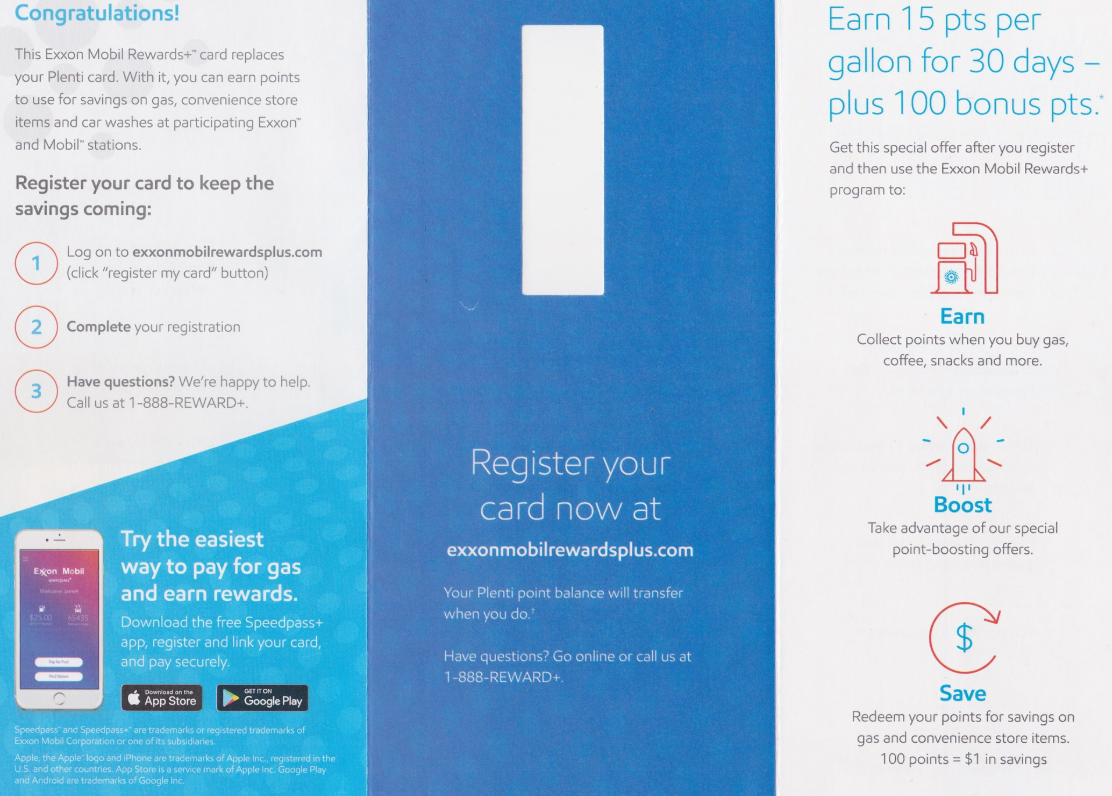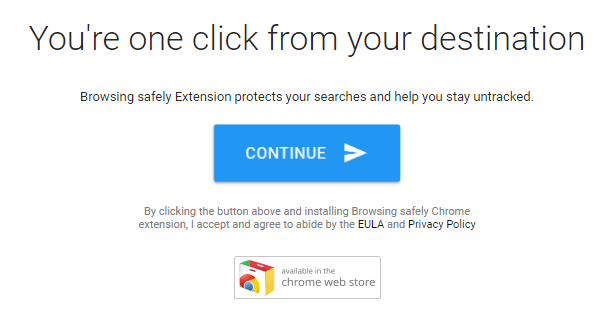Here’s a timely reminder that email isn’t the only vector for phishing attacks: Several U.S. state and local government agencies have reported receiving strange letters via snail mail that include malware-laden compact discs (CDs) apparently sent from China, KrebsOnSecurity has learned.
This particular ruse, while crude and simplistic, preys on the curiosity of recipients who may be enticed into popping the CD into a computer. According to a non-public alert shared with state and local government agencies by the Multi-State Information Sharing and Analysis Center (MS-ISAC), the scam arrives in a Chinese postmarked envelope and includes a “confusingly worded typed letter with occasional Chinese characters.”

Several U.S. state and local government agencies have reported receiving this letter, which includes a malware-laden CD. Images copyright Sarah Barsness.
The MS-ISAC said preliminary analysis of the CDs indicate they contain Mandarin language Microsoft Word (.doc) files, some of which include malicious Visual Basic scripts. So far, State Archives, State Historical Societies, and a State Department of Cultural Affairs have all received letters addressed specifically to them, the MS-ISAC says. It’s not clear if anyone at these agencies was tricked into actually inserting the CD into a government computer.
I’m sure many readers could think of clever ways that this apparent mail-based phishing campaign could be made more effective or believable, such as including tiny USB drives instead of CDs, or at least a more personalized letter that doesn’t look like it was crafted by someone without a mastery of the English language.
Nevertheless, attacks like this are a reminder that cybercrime can take many forms. The first of Krebs’s 3 Basic Rules for Online Safety — “If you didn’t go looking for it don’t install it” — applies just as well here: If you didn’t go looking for it, don’t insert it or open it.




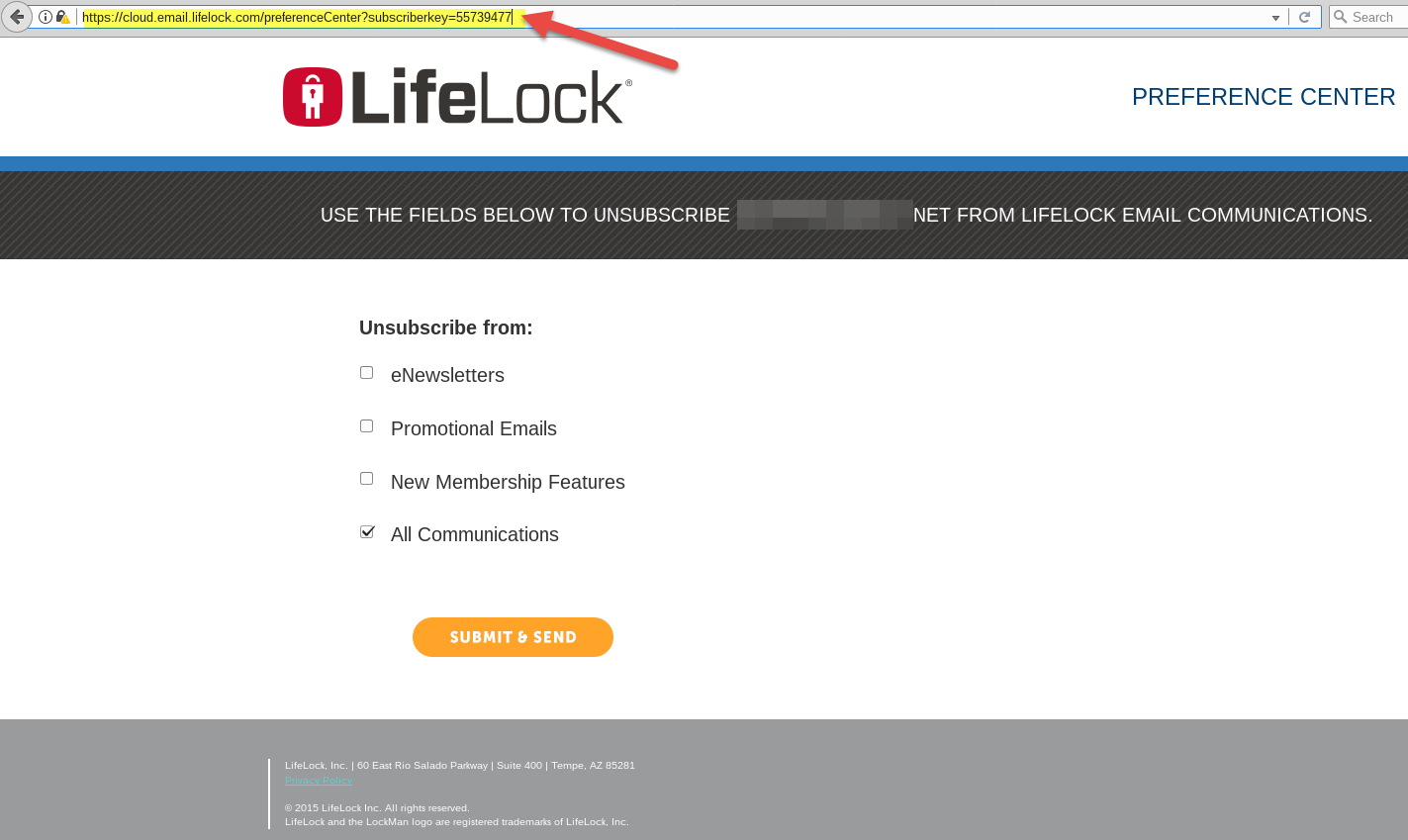
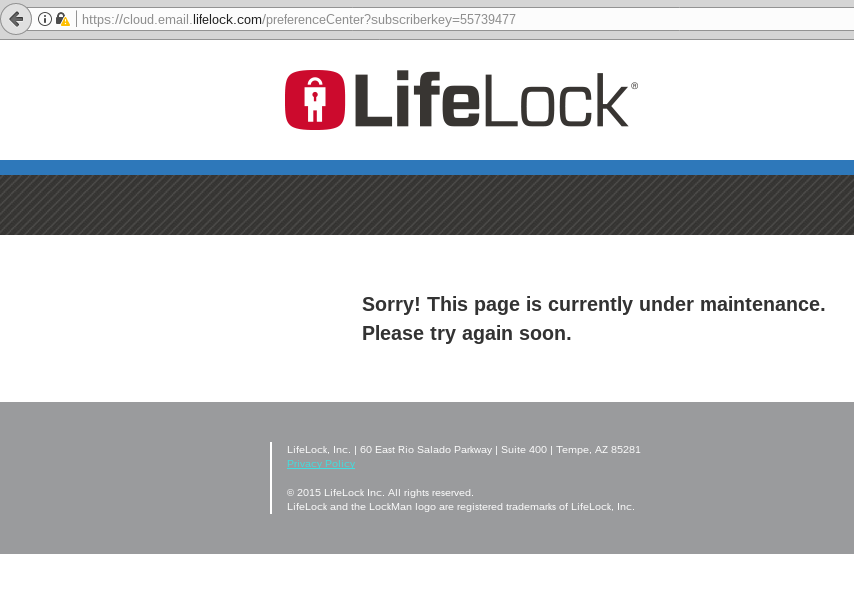



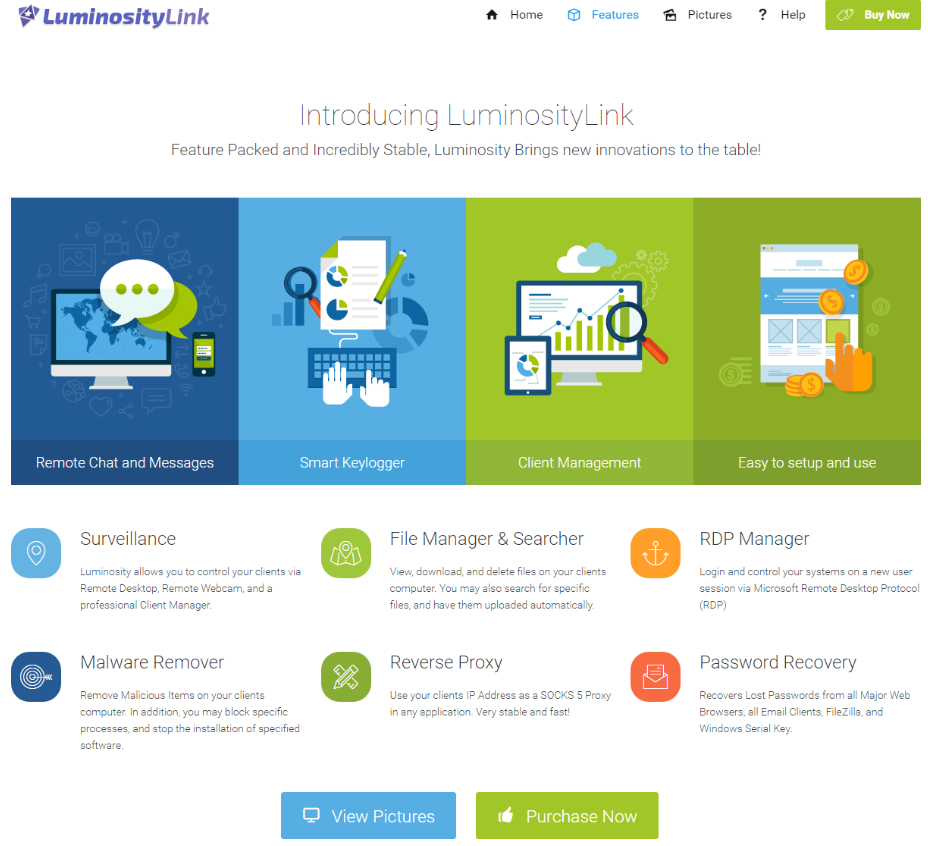


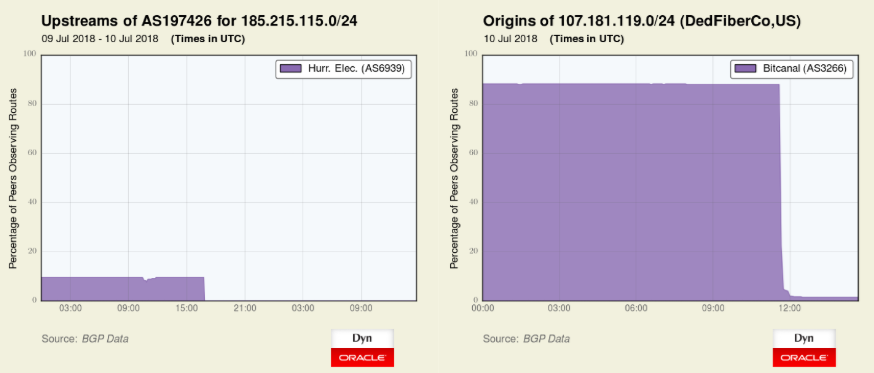
 According to security firm
According to security firm 